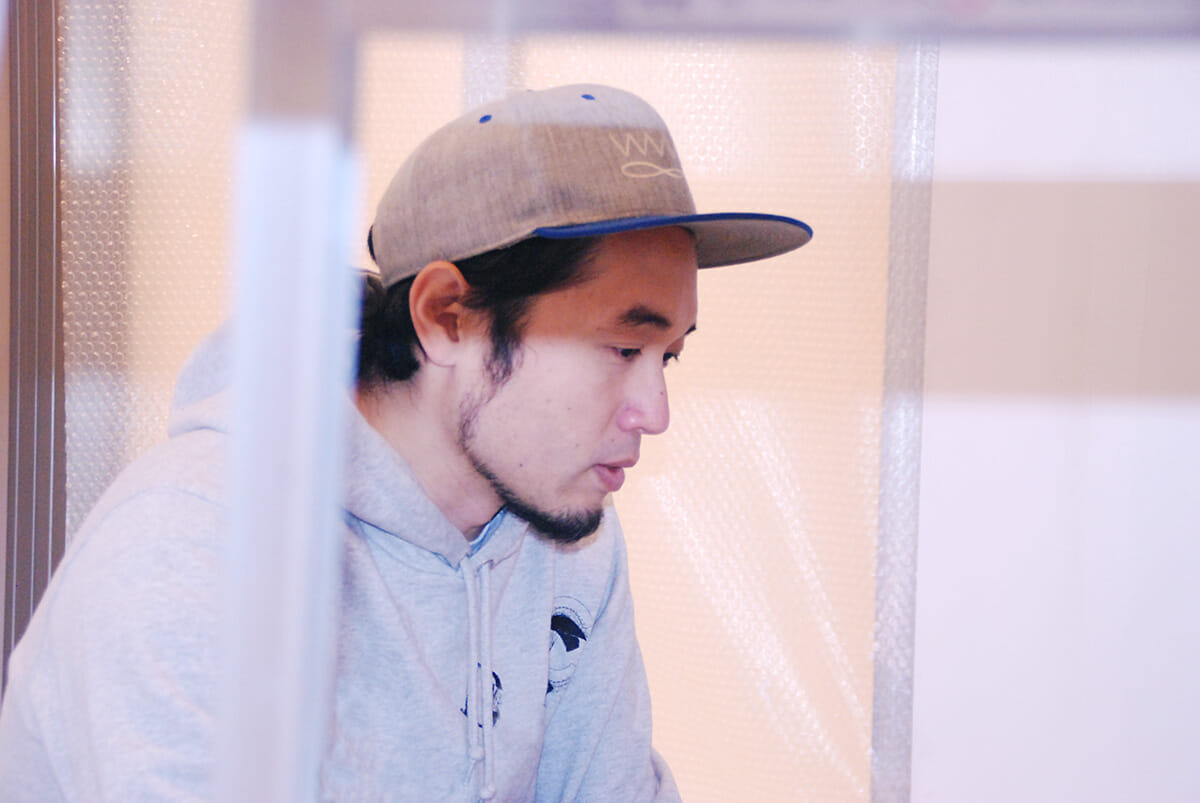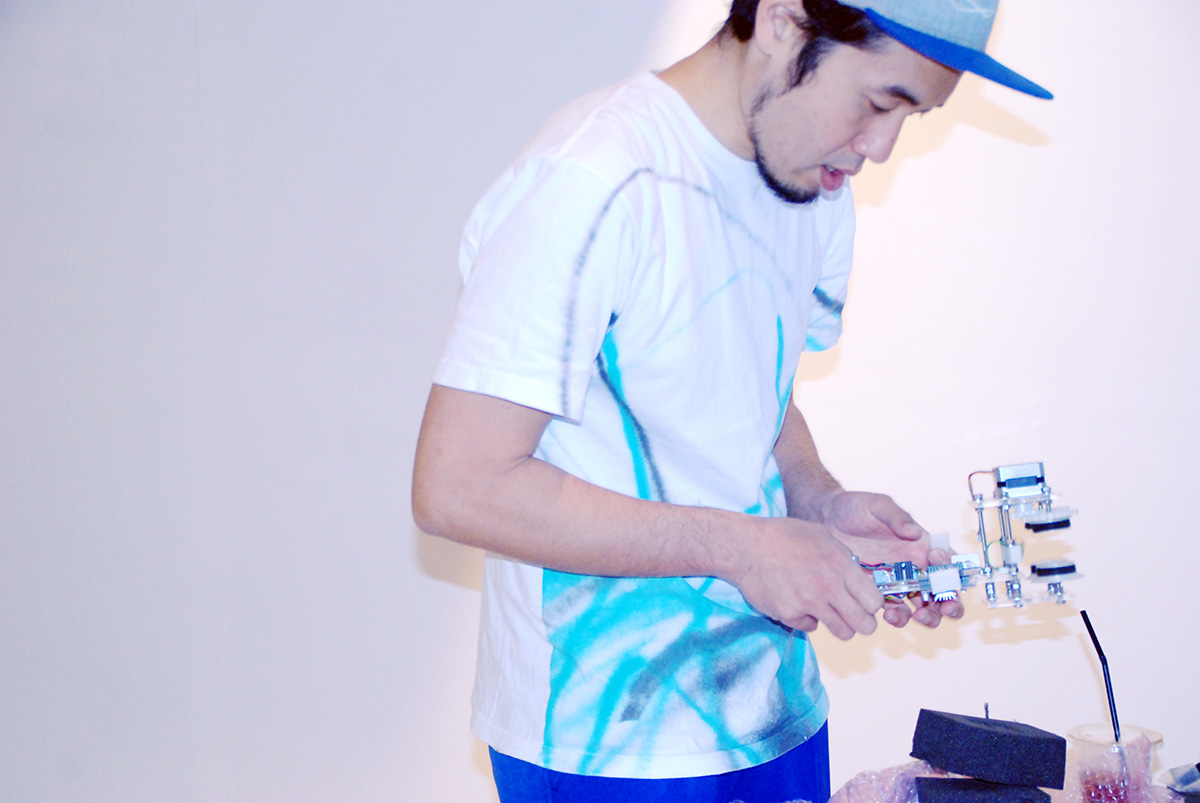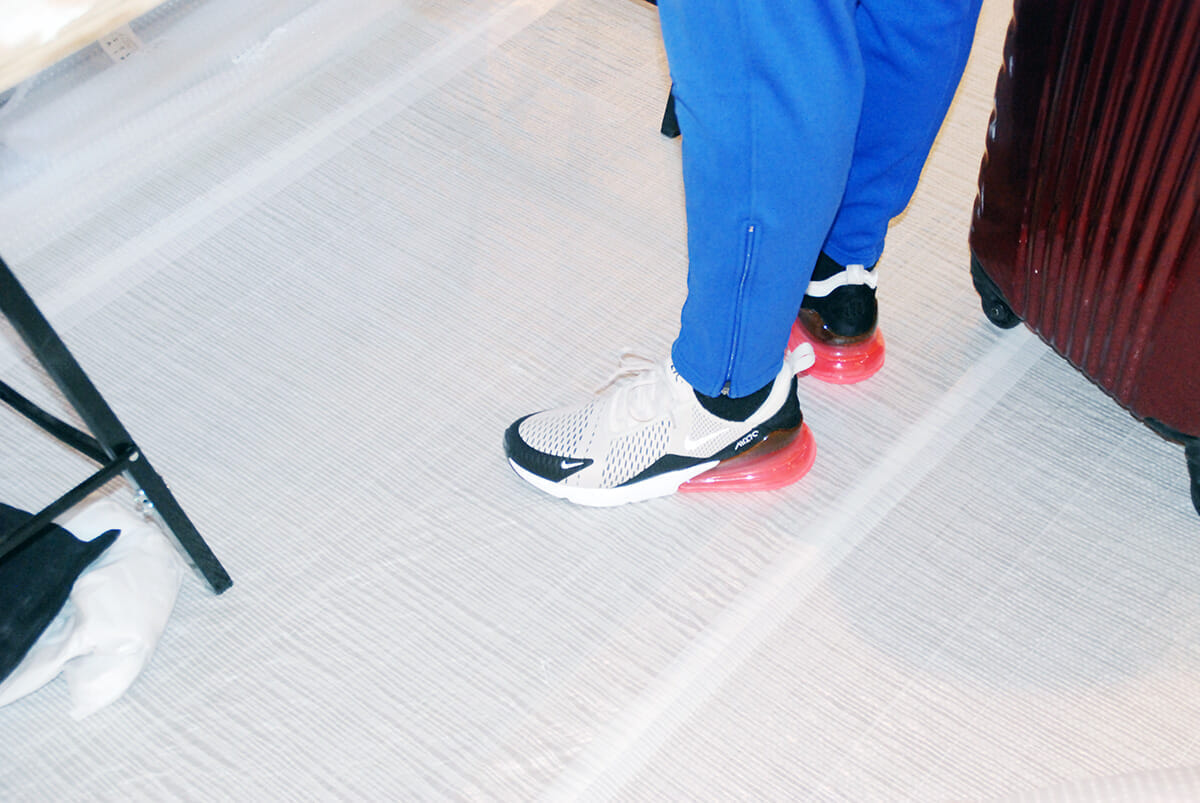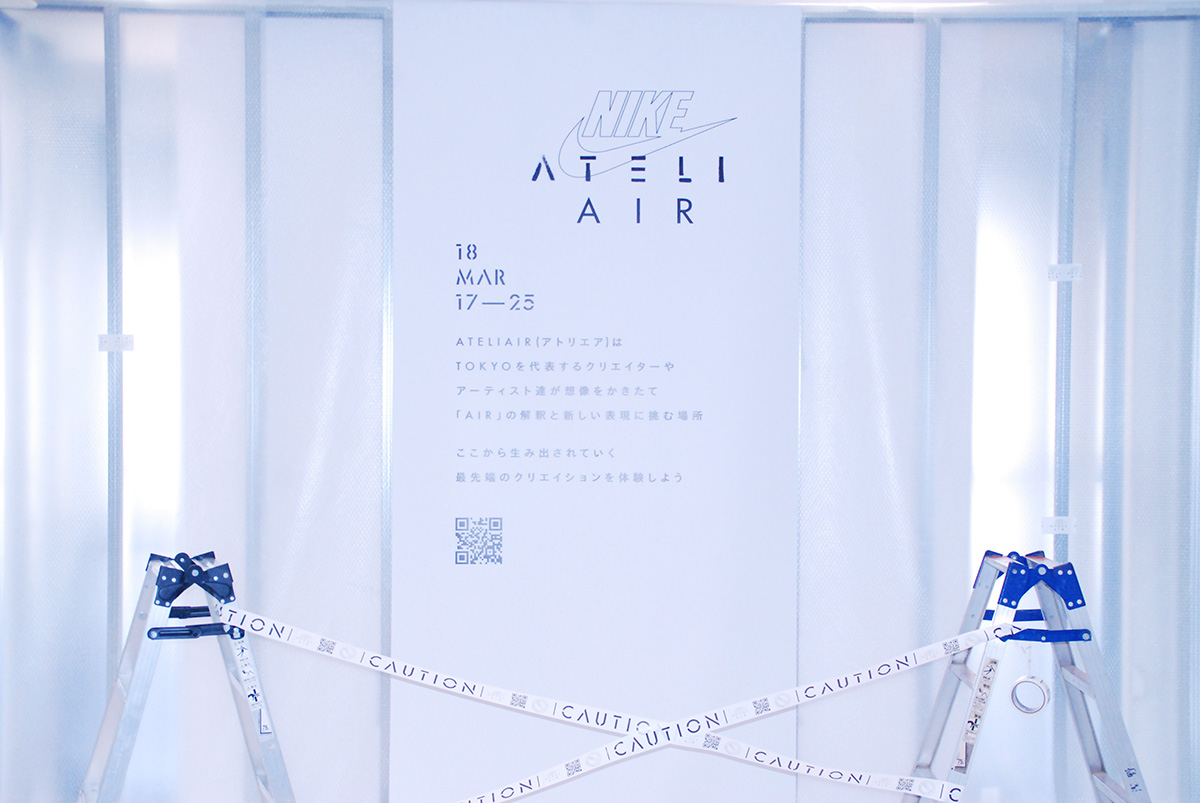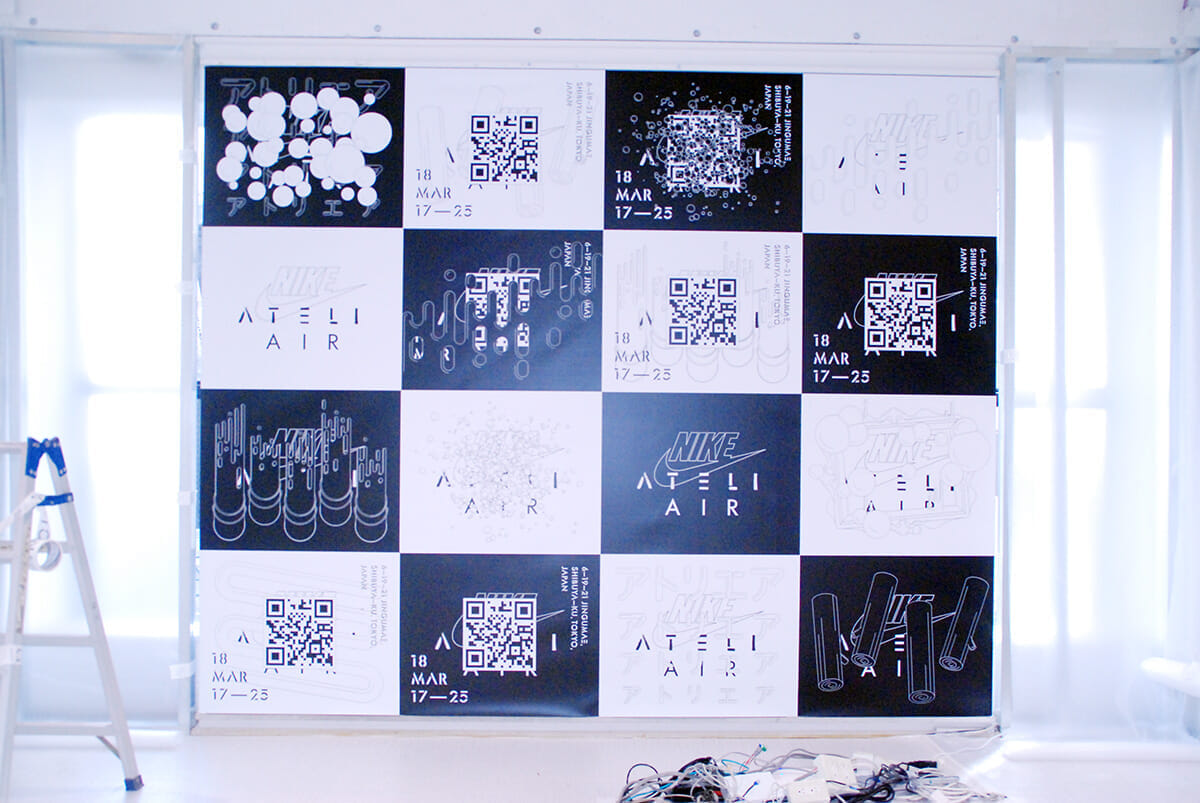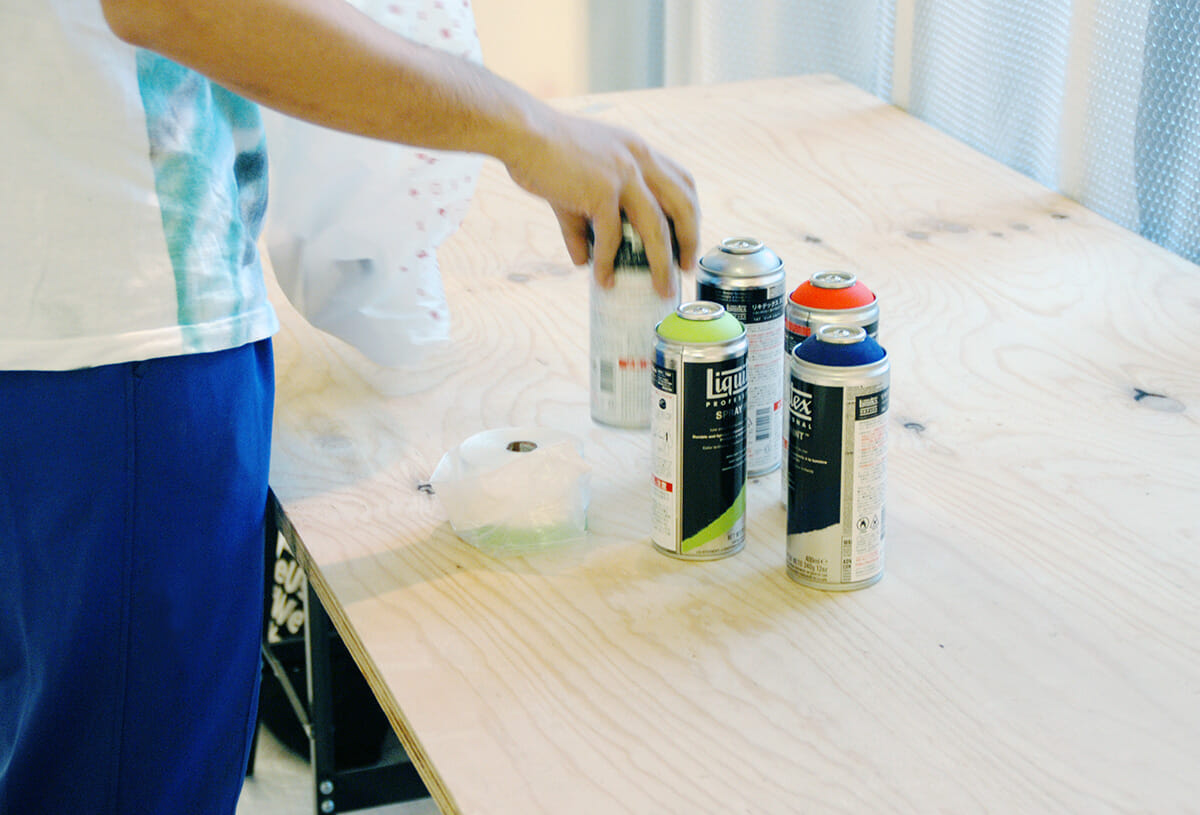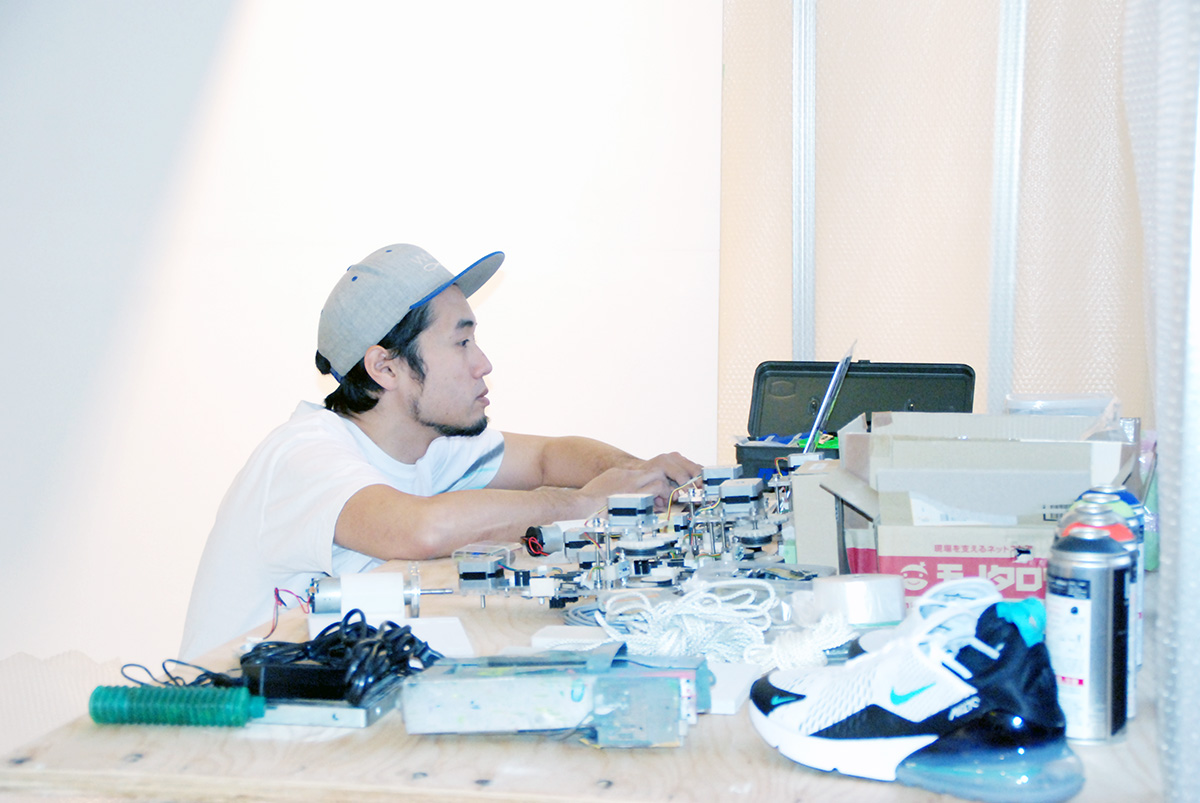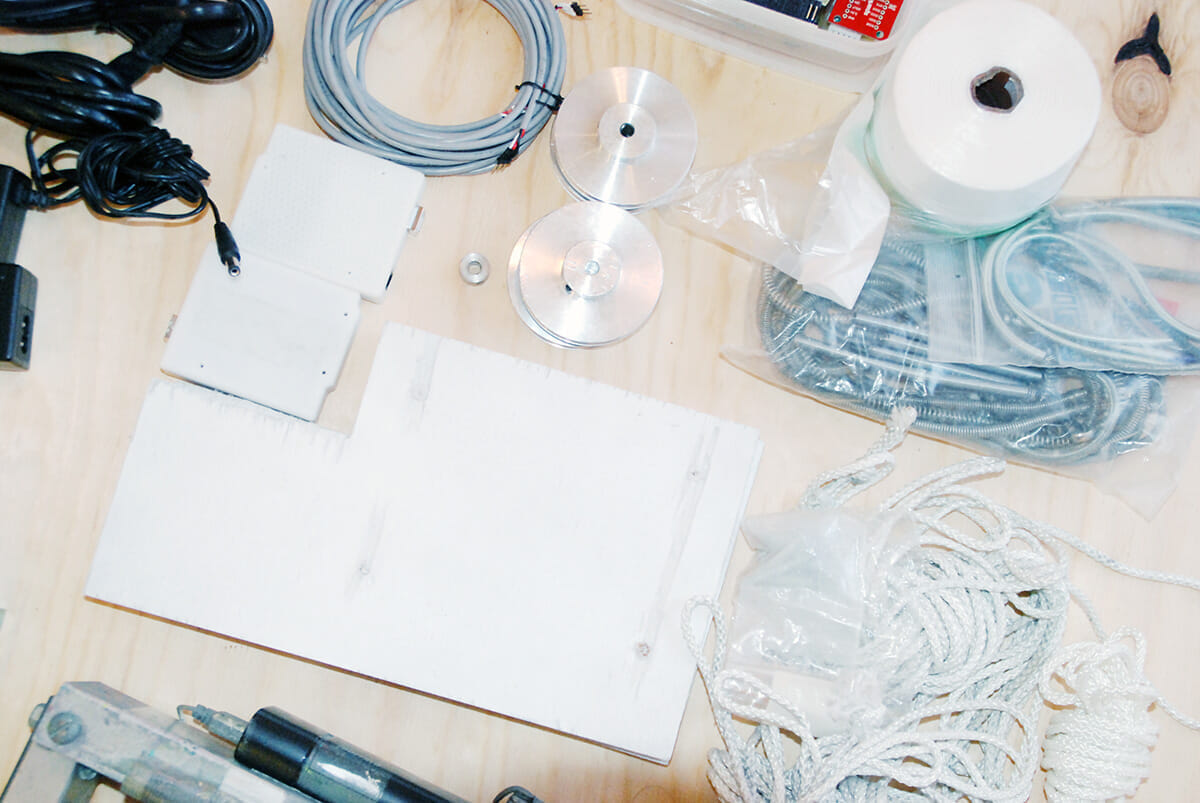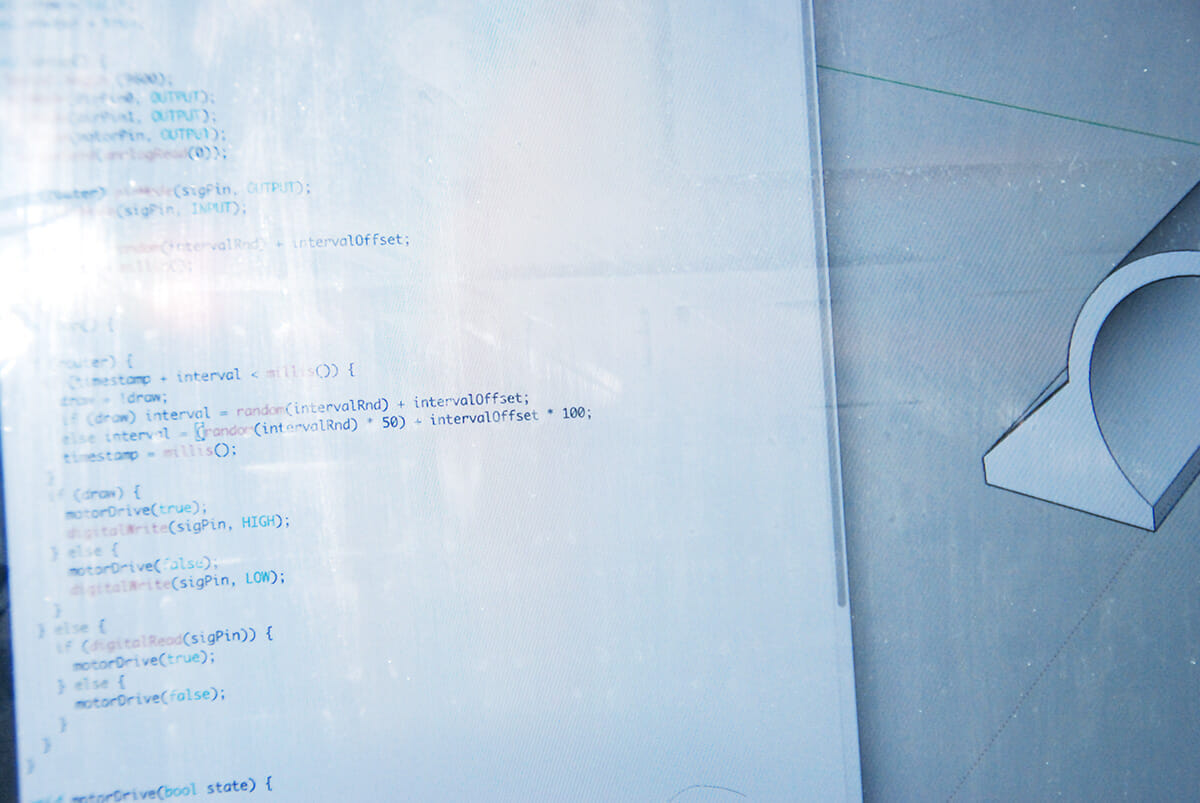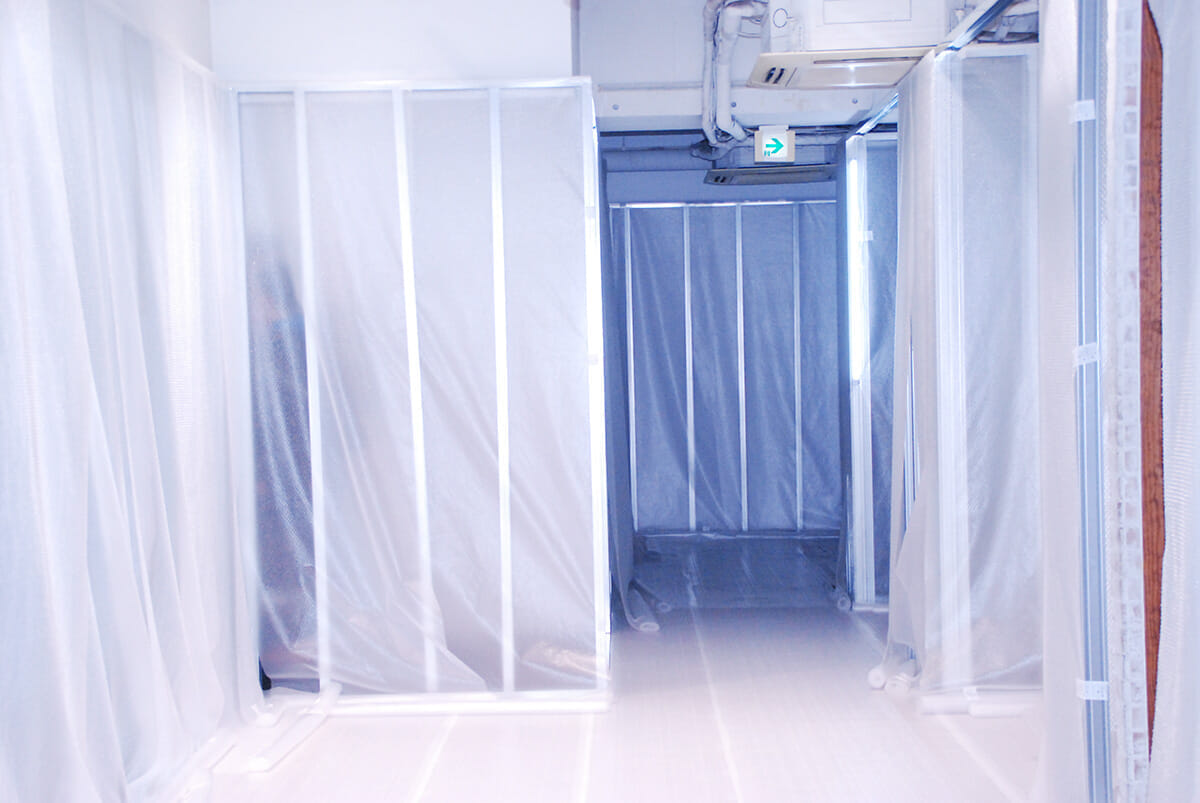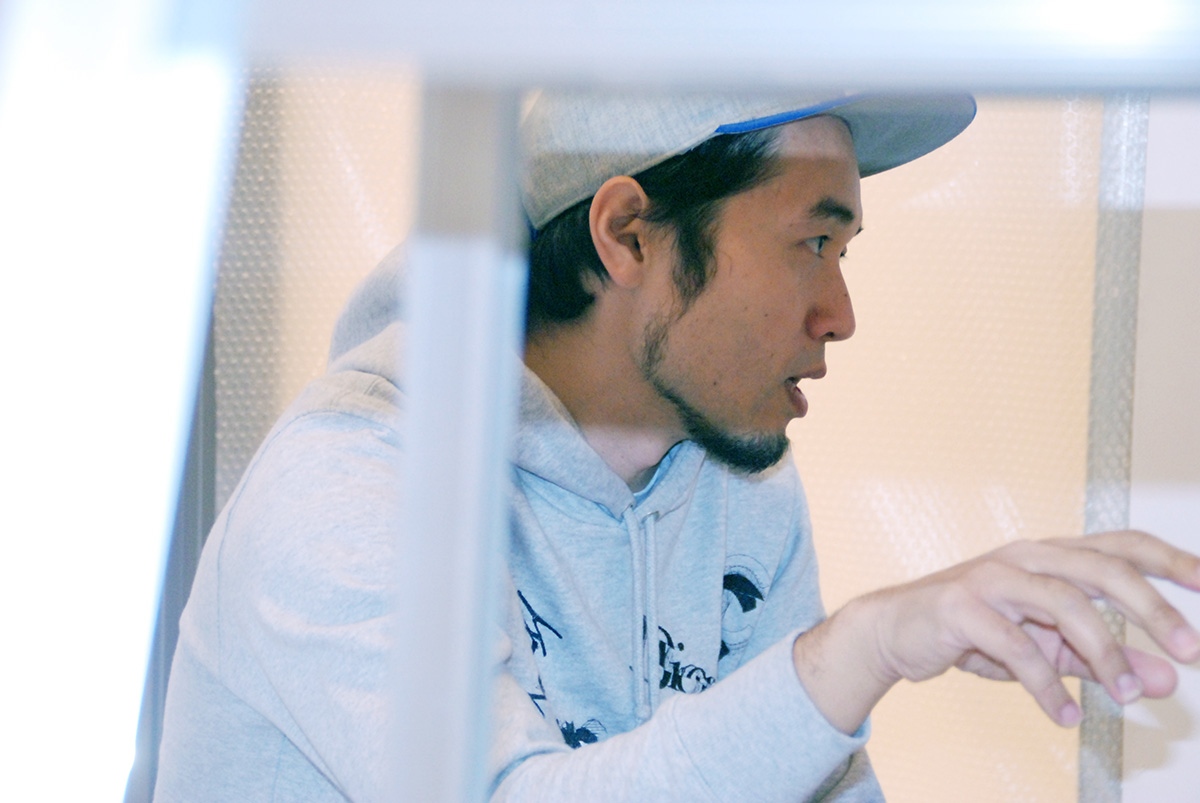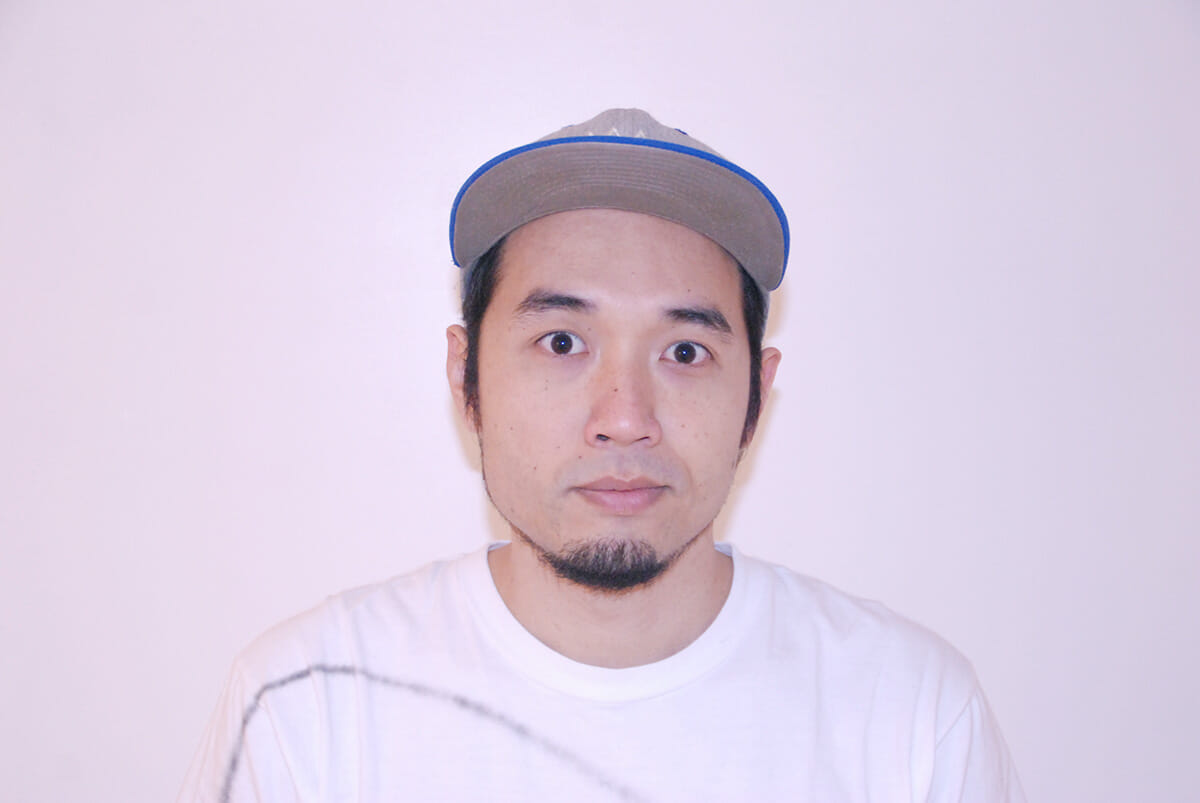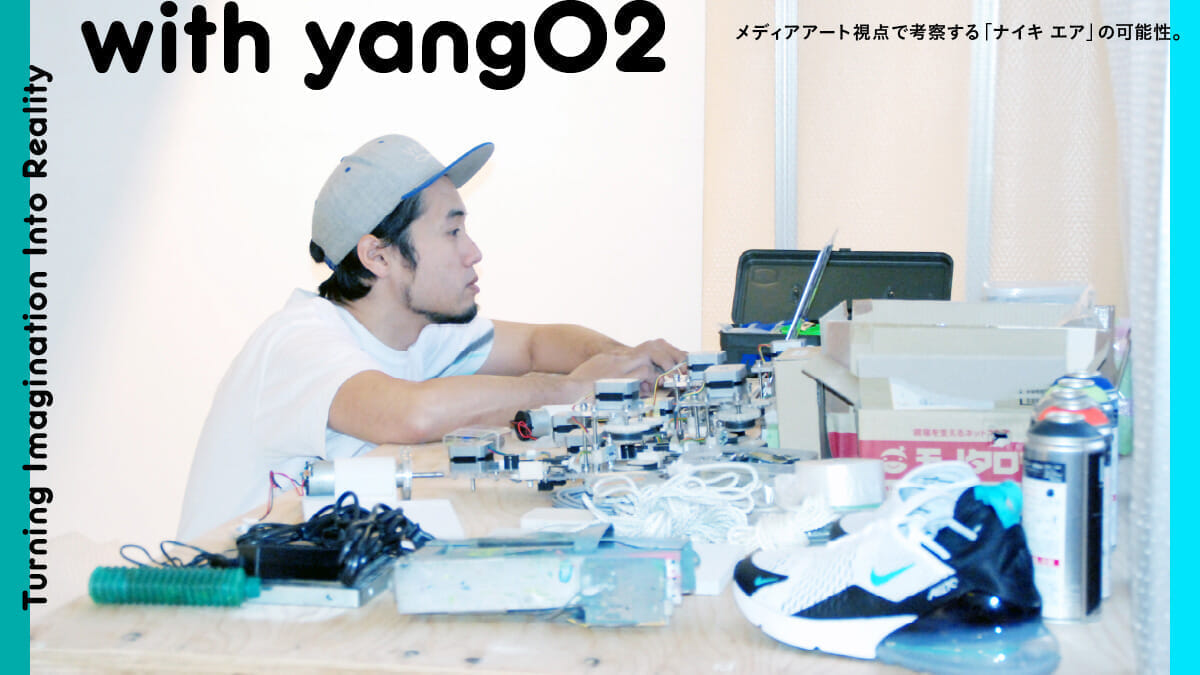
Turning Imagination Into Reality with yang02
Possibilities of "Nike Air" examined from a media art perspective.
Tokyo's leading creators and artists will spark imaginations, interpret "air" and create new expressions of "air".ATELIAIRDid you know that "Air Max Day" is launching as a major project for Air Max Day? At this groundbreaking place where consumers can experience some of the new possibilities of "Air" through various workshops and events, yang02, an artist, creates "Air" themed works of art. We spoke with him about his creative activities and the "Nike Air" as he continues to give shape to his imagination, sometimes using cutting-edge technology and sometimes questioning the technology itself.
- Photo_Shin Hamada
- Text_Maruro Yamashita
- Edit_Hiroshi Yamamoto


